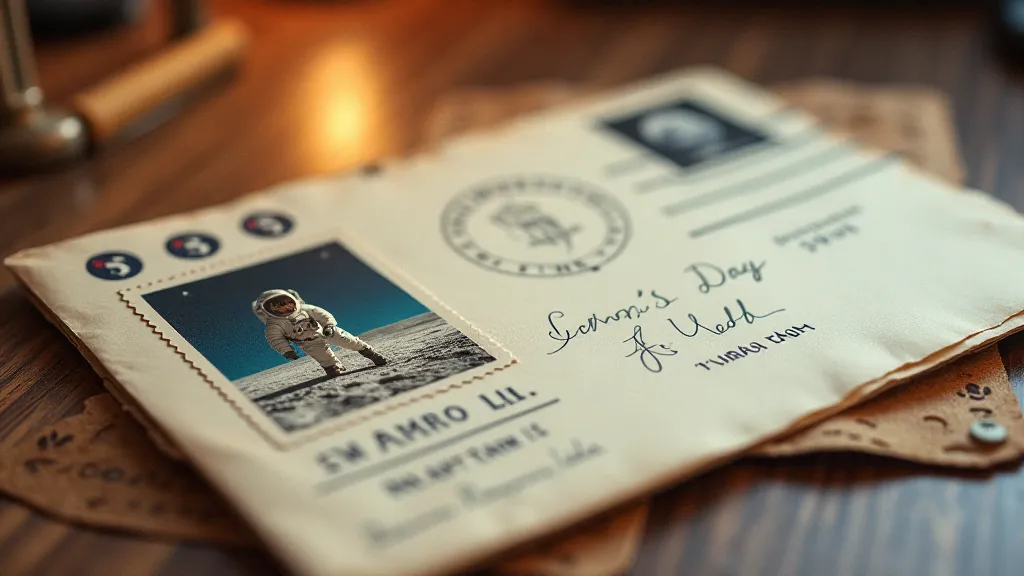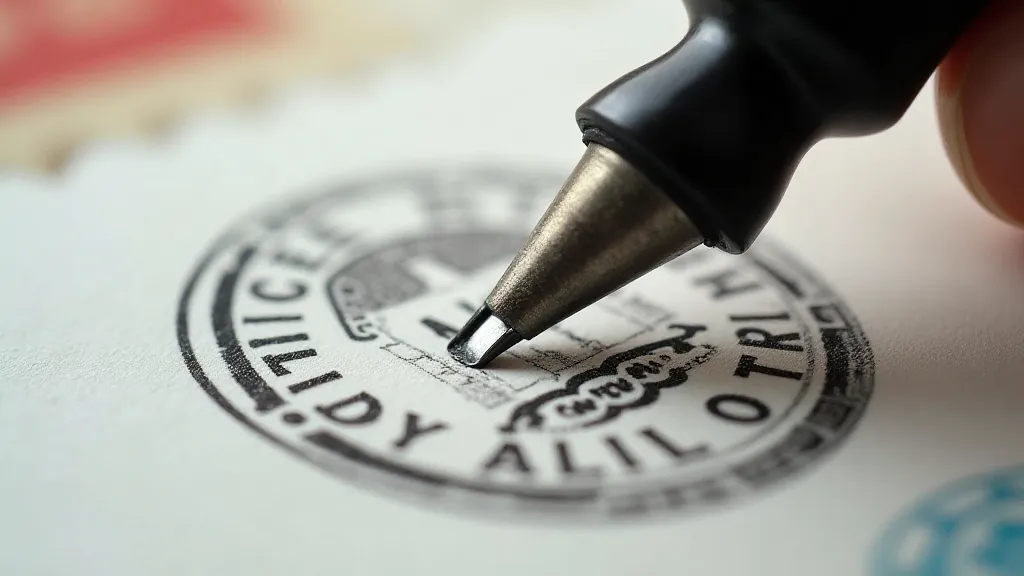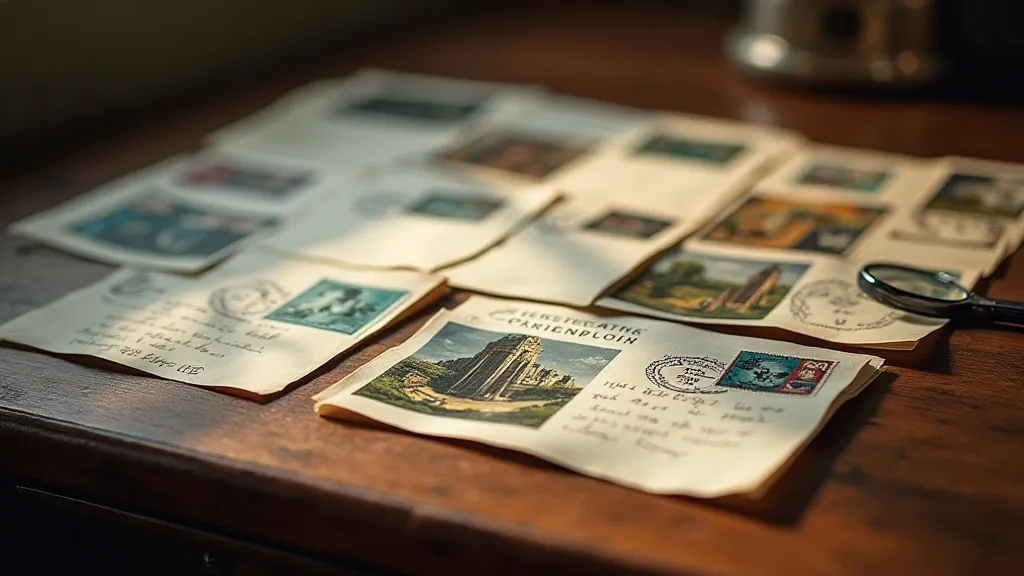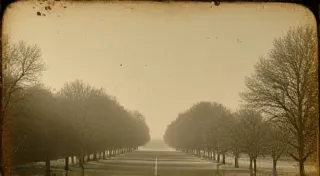The Ephemeral Archive: How First Day Covers Reflect the Shifting Sands of Societal Values
There's a quiet magic in holding a First Day Cover. It's more than just a canceled stamp affixed to an envelope; it’s a tiny, tangible window into a specific moment in time. A testament to a day when a new postal issue was released, and collectors – and often a great many ordinary citizens – flocked to post offices, eager to secure a piece of that day’s history. But what truly elevates the FDC beyond a mere collectible is its power to reflect the evolving narrative of a nation, subtly, sometimes dramatically, revealing the shifting sands of societal values. To truly appreciate First Day Covers isn’t just about recognizing a rare perforation or a crisp cancellation; it's about understanding the story they silently tell.
I remember my grandfather, a quiet man with hands calloused from years of carpentry, meticulously organizing his FDC collection. The aroma of aged paper and the gentle rustle of the envelopes filled his study, a sanctuary of sorts. He wasn’s a flamboyant collector, but each FDC held significance, not just as a piece of philately, but as a marker of a shared experience. He’s gone now, but those memories, tied so inextricably to those envelopes, remain vivid. He believed, as I do now, that these seemingly simple items are a profound archive of our collective history.

The Power of Commemoration: More Than Just a Stamp
Initially, First Day Covers were a relatively informal affair. The U.S. Post Office didn’t actively promote them until the 1960s, recognizing their potential to engage the public. Before that, collectors often created their own, sending letters on the issue's release date and hoping to secure a cancellation. The early FDCs, particularly those pre-1960, are often remarkably charming, reflecting a simpler era. They demonstrate a profound connection between the postal service and the populace, a shared sense of community that feels increasingly rare today. The impact of these commemorations stretches far beyond the visual; they often serve as a snapshot of a nation's aspirations and anxieties.
Consider the 1930s, a period defined by the Great Depression. Early commemoratives often featured scenes of industry and resilience—themes resonating with a nation struggling to rebuild. The FDCs of this era aren't just about a new stamp; they are visual affirmations of hope and perseverance. Later, the rise of the Civil Rights Movement saw stamps commemorating Black leaders and historical events, powerful visual statements demonstrating a gradual shift in national consciousness. These FDCs, viewed through a modern lens, offer invaluable insight into the nation's slow, often painful, journey towards equality. To appreciate them is to acknowledge a complex past. The artistic choices made in designing these stamps reveal much about the prevailing cultural sensibilities, and it’s fascinating to consider how these elements contribute to the overall narrative – a deeper exploration of which can be found by examining a tapestry of time, weaving together First Day Covers and national identity.
Craftsmanship and the Art of the Cancellation
Beyond the themes and commemorations, the craftsmanship involved in creating First Day Covers deserves appreciation. The art of the post office cancellation – the "mark" – was a skill, often passed down through generations of postal workers. Early cancellations, hand-applied with ink and often beautifully ornate, are far more desirable to serious collectors than the later machine-applied marks. The quality and uniqueness of a cancellation can significantly impact an FDC’s value. A well-executed, hand-applied cancellation isn’t just a marking of postage; it’s a miniature work of art, a testament to the dedication of the postal worker.
The careful selection of stationery also played a role. While the Post Office eventually provided official First Day Covers for many issues, collectors often used their own stationery, adding a personal touch. These early, privately-produced FDCs, particularly those with unique or unusual stationery, can be incredibly valuable. Restoring a damaged FDC – gently cleaning the envelope, preserving the cancellation – requires a delicate touch and a deep understanding of archival practices. The goal isn’t to erase history, but to stabilize it, to ensure that it remains legible for future generations.

The Evolution of Themes: From Patriotism to Social Commentary
As society evolved, so too did the themes reflected in First Day Covers. The early years were heavily influenced by patriotism and national pride. Later, stamps began to address more complex social issues – environmental concerns, cultural diversity, and human rights. The 1970s and 1980s witnessed a shift towards more artistic and abstract designs, reflecting broader trends in art and culture. This change wasn’t always met with universal acceptance, and some FDCs generated considerable controversy, illustrating the power of the postal service to spark debate and shape public discourse. It’s remarkable how often these seemingly innocuous stamps became flashpoints for broader cultural debates; understanding the errors and oddities that occasionally arose from these design choices adds another layer of intrigue to the hobby - a look at unveiling the anomaly: investigating the most notable First Day Cover errors and oddities.
The increasing globalization of the late 20th and early 21st centuries also impacted First Day Cover themes. Stamps began to celebrate international collaborations and cultural exchanges, reflecting a more interconnected world. Today, the U.S. Postal Service actively engages with collectors, offering limited edition FDCs and promoting special events. While this commercialization has its critics, it also provides opportunities for collectors to connect with the hobby and preserve a vital part of our nation's history. Analyzing these changes over time provides a compelling visual history of our collective values and priorities. The historical context of these covers sometimes hides important clues about their origins and value – it’s an art of its own to uncover these details, a skill sometimes referred to as the oracle of the postmark, deciphering the secrets of First Day Cover provenance.
The Aesthetic Principles Underpinning First Day Cover Design
Beyond the historical narrative, understanding the inherent beauty of First Day Covers requires an appreciation for the design principles at play. Early FDCs often reflected a more traditional aesthetic, emphasizing symmetry, clarity, and a sense of formal elegance. The choice of typography, the composition of the stamp image, and even the arrangement of the cancellation mark all contributed to a cohesive and visually appealing whole. As design trends evolved, so too did the aesthetic sensibilities of First Day Covers, incorporating elements of modernism, abstraction, and even pop art. The deliberate use of color, the exploration of unconventional layouts, and the incorporation of graphic elements all served to challenge traditional norms and push the boundaries of what a First Day Cover could be.
The choices made by designers weren't simply matters of personal preference; they were often guided by a complex interplay of historical context, cultural trends, and marketing considerations. The need to appeal to a broad audience while also conveying a specific message or theme required a delicate balance of artistic creativity and commercial savvy. Even seemingly minor details, such as the size and placement of the stamp image or the style of the cancellation mark, could have a significant impact on the overall aesthetic effect. Appreciating these nuances requires a deep understanding of design theory and a keen eye for detail – a detailed look at a symphony of paper: the aesthetic principles underlying First Day Cover design.

The Value of Preservation and the Future of Collecting
The value of a First Day Cover isn’t solely determined by its rarity or condition; it’s also influenced by its historical significance and the story it tells. While pristine examples in perfect condition naturally command higher prices, even well-used FDCs can hold considerable value, particularly if they offer a unique perspective on a specific event or era. The challenge for collectors today is to balance preservation with accessibility. It’s not enough to simply hoard these historical artifacts; it’s vital to share them with others, to educate future generations about the importance of philately and the stories embedded within these small pieces of paper.
The future of First Day Cover collecting looks bright, as new generations discover the joy of connecting with history through stamps. The digital age presents both challenges and opportunities, with online forums and auctions providing access to a global community of collectors. But the tactile experience of holding a First Day Cover—feeling the texture of the paper, admiring the intricate cancellation, contemplating the story it tells—remains irreplaceable. It’s a connection to the past, a window into the present, and a legacy for the future. And that, ultimately, is what makes First Day Covers so profoundly valuable. The ongoing evolution of the hobby also prompts questions about the long-term impact of commercialization and digitization on the community – important considerations for those deeply involved in preserving this unique aspect of our cultural heritage.





